
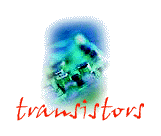


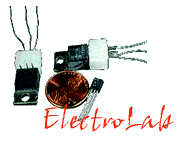


![]()
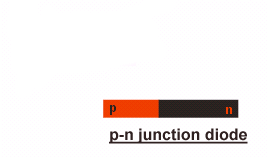 Apart from the
earliest Point Contact Transistor, most modern transistors may be considered to be made of
three functional regions, which are arranged end to end. The region in the middle differs
from the outer two regions with respect to the charge and size. if the outer regions are
made up of n-type semiconductors, the middle one is of p-type and vice versa. Apart from the
earliest Point Contact Transistor, most modern transistors may be considered to be made of
three functional regions, which are arranged end to end. The region in the middle differs
from the outer two regions with respect to the charge and size. if the outer regions are
made up of n-type semiconductors, the middle one is of p-type and vice versa. The actual construction of a transistor however involves more complexities. |
| Transistors are of several types - some of which have been discussed in the Types section. However, apart from the Point Contact Transistor, the other transistors may be considered to be based on either of the two important principles. |
| In the simpler ones, the input signal is transferred from a low-resistor circuit (i.e. input circuit) to a high-resistor one (output circuit), resulting in the desired amplification. One of the electrodes is common to both the circuits, creating one common circuit. And since the voltage varies with the resistance (Ohm's law), there occurs an increase in output voltage. | 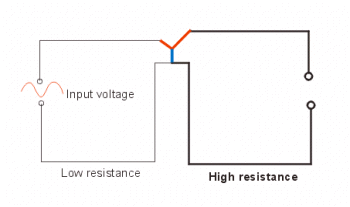 |
| The name Transistor has been derived from the two words Transfer and Resistor, as evident above. |
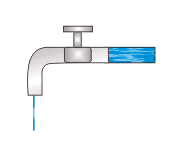 |
In the more complicated transistors, the principle used is analogous to the working of a tap. This analogy is important in relation to the nomenclature of certain transistor parts. The three parts of a tap may be called as the source - from where the water enters, the gate - which controls the flow of water, and the drain - the outlet for water. |
| In the same way, the input electrode for transistor is the Source, the voltage of the Gate electrodes controls the passing current and the magnitude of this current finally determines the output Source. The working will become more meaningful in the Types section. | 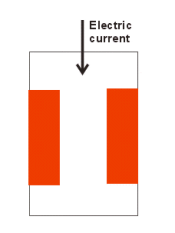 |